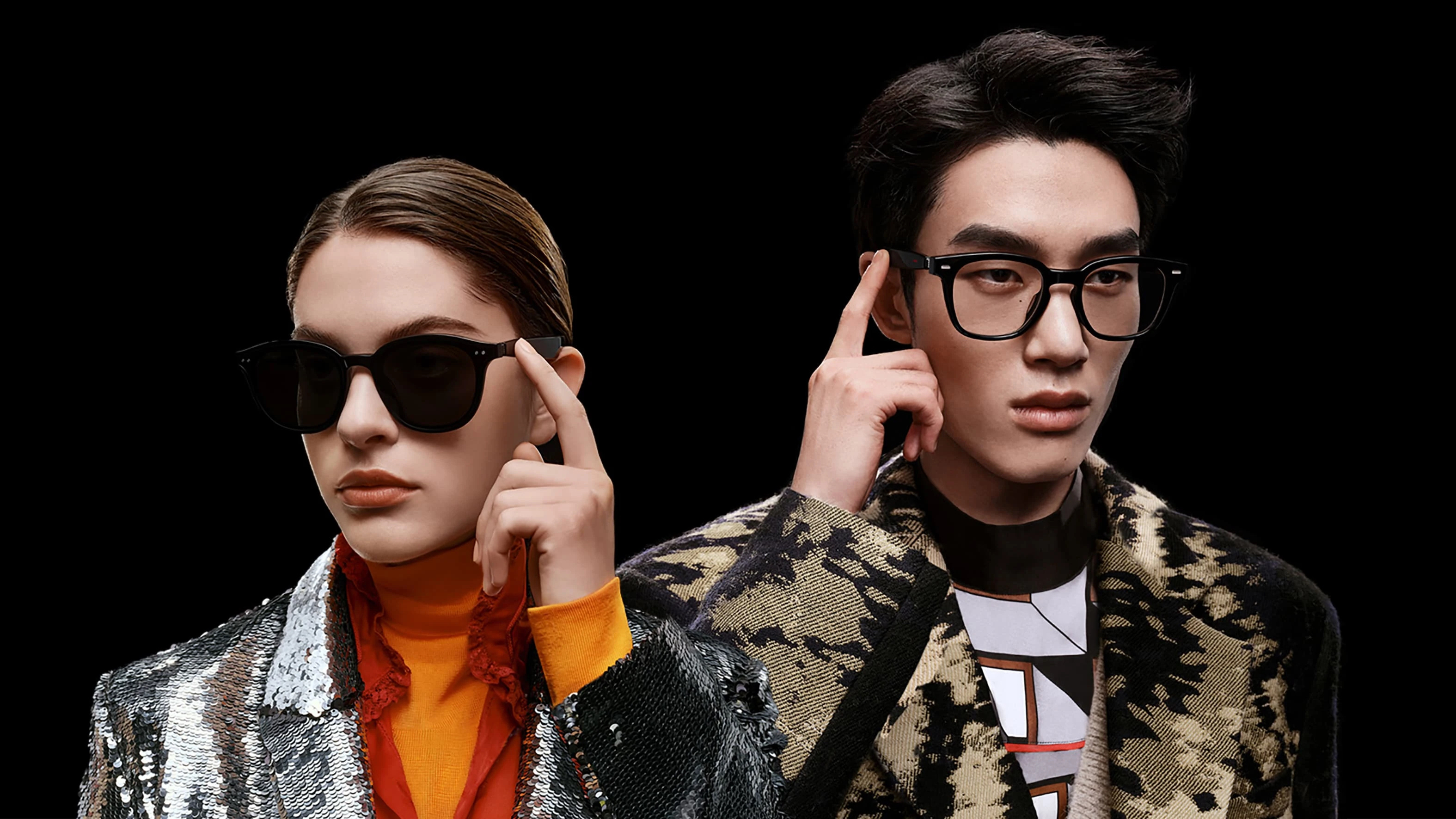

We love headphones, but we’re vividly aware of their imperfections. Earbuds can be fiddly to fit and prone to popping out, especially when you’re running, and over-ears can be overly hot and heavy. Wouldn’t it be great if you could get excellent audio without those drawbacks?
Now you can. By combining fashionable eyewear with clever audio tech, firms have made glasses and sunglasses with built-in audio capabilities. Some are better than others – some early examples clearly weren't built with sound quality as a top priority, for instance. However, they all have the same thing in common: you can listen to your music, radio or podcasts without having to wear headphones.
It sounds like magic. How does it work? Let’s find out.
How to choose a pair of audio glasses
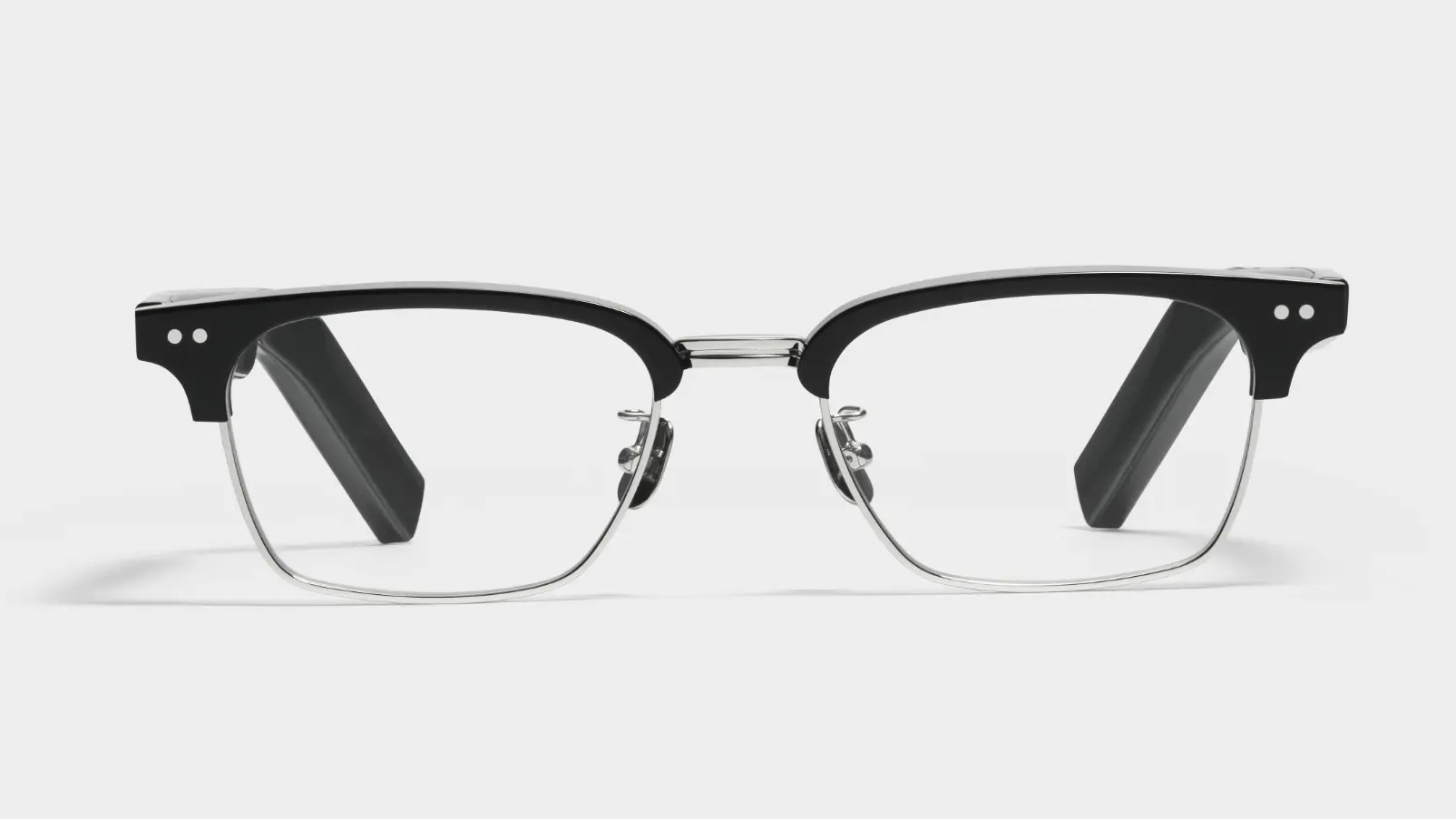
Glasses with built-in audio aren't all tinted
One of the most common buying questions about smart glasses such as these is simple: what about those of us who need prescription lenses? You’ll find that the manufacturers don’t sell prescription lenses themselves, but there are plenty of third party reglazing firms who’ll happily swap the normal lenses for the perfect prescription ones.
No matter how good or bad your eyesight, there are a few things to consider when you’re shopping for smart specs. The first is weight: if you’re going to be wearing yours for long periods, you’ll be glad of choosing a more lightweight pair. And there’s size to consider, too. Some brands offer their glasses in multiple sizes because of course, not everybody has the same size of head or distance between their eyes.
It's worth noting that if you shop around you will find a lot of options. For instance there are frames with clear lenses, and there's also a wider variety of styles than their used to be. The earliest audio specs invariably looked like beefed up Ray-bans.
If you want to use your specs with gaming or movies, look for low-latency connectivity. Ideally you want Bluetooth 5.2 for rock-solid stability, so you can be sure of a constant connection without having to be sitting right next to your phone.
Sign up to the T3 newsletter for smarter living straight to your inbox
Get all the latest news, reviews, deals and buying guides on gorgeous tech, home and active products from the T3 experts
Speakers with specs appeal
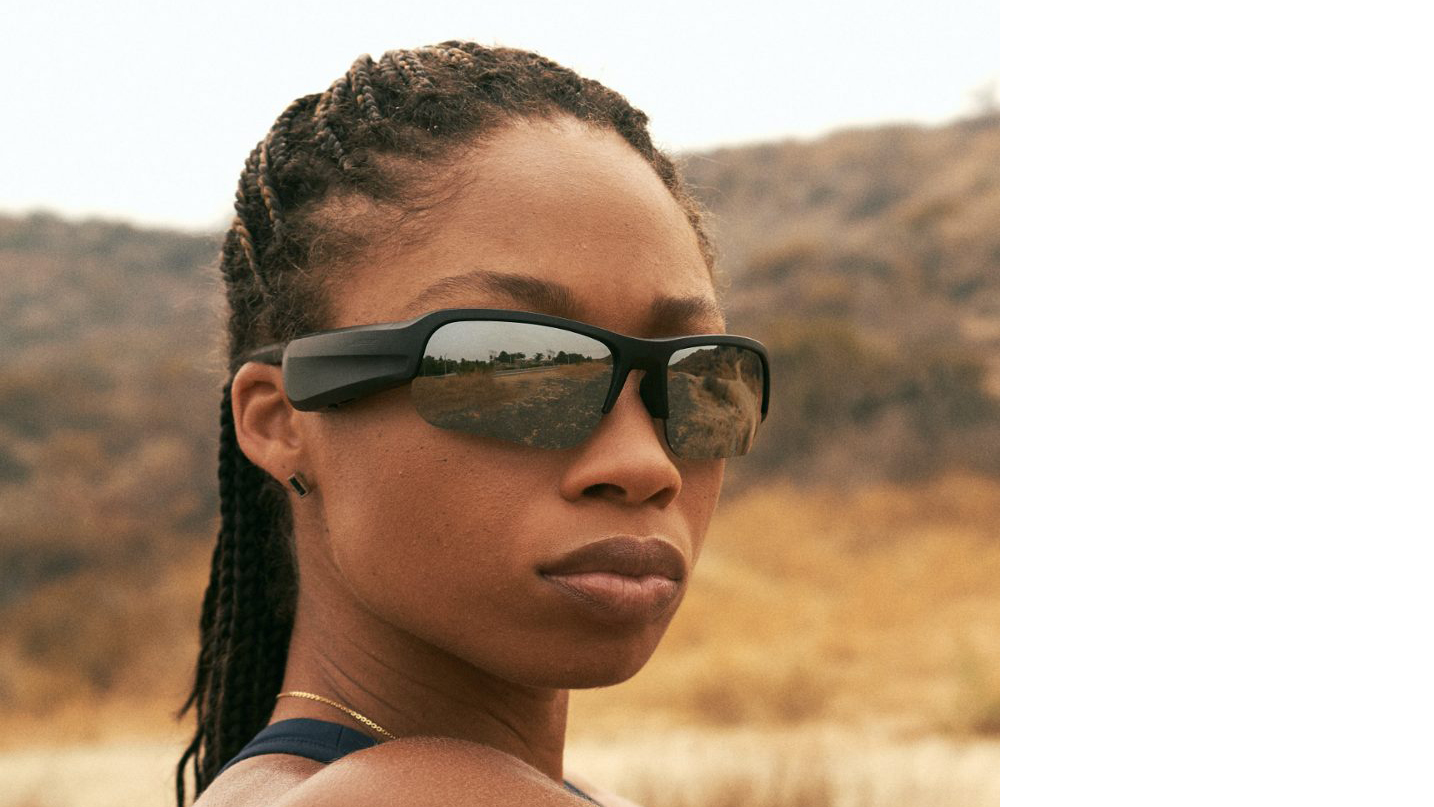
These Bose audio specs are specifically for fitness activities
This new breed of sonic sunnies has come from brands such as Huawei – sponsors of this story – Bose, Razer and Amazon. All these ranges include some great design and clever engineering to deliver glasses that sound as good as they look.
These are not sunglasses with earphones built in as such. They are more like glasses with small, carefully directed speakers built in. The idea being that you can hear music, movie soundtracks and calls because the speakers are 'speaking' to you alone. Everyone else in your train carriage can't hear you.
To achieve this the audio electronics are spread along the inside of the glasses’ arms, along with various sensors such as accelerometers, swipe and tap sensor and a vibrating diaphragm. That's the bit that brings the sound to your ears.
The best of these audio-powered sunglasses are able to deliver surprisingly crisp and clear audio. Huawei's audio system, for instance, uses the aforementioned diaphragm and a small speaker, and minimise audio leakage via their placement and the magic of inverse sound waves.
With touch controls built in, you can play and pause music, and flip between incoming calls and your audio of choice. You can usually control your glasses in another way too: pop them off and playback will stop; put them back on and your glasses will pick up playback from where you left off. It’s the kind of thing that makes you smile every time you do it.
Sunglasses with audio built in are also a perfect medium for spatial and directional audio. Bose has experimented with small-scale apps for its Bose Frames sunnies including 3D soundscapes for relaxation and a golf assistant that tells you your distance to the next hole. Audio sunglasses could (in theory) one day tell you the correct angle to chip your ball towards the hole.
In fact probably the most obvious use for audio glasses is in sports and fitness activities of all kinds. So far, the size and styling of most the frames that have appeared don't really suit more vigorous activities, but for instance Bose has the Frames Tempo – pictured above – which boast a sportier fit.
Further possibilities for these sunglasses include helping customers find products in shops, arty applications and events.
It’s good to talk
However, for the time being, the main use for taking sunglasses with an audio chaser is to listen to music, take calls on the go and activate AI assistants. To that end, the frames also usually include a pair of high quality microphones. These can also be used on some models – Huawei's for instance – to record audio hands-free, for example while you’re live streaming.
Smart glasses vs wireless headphones
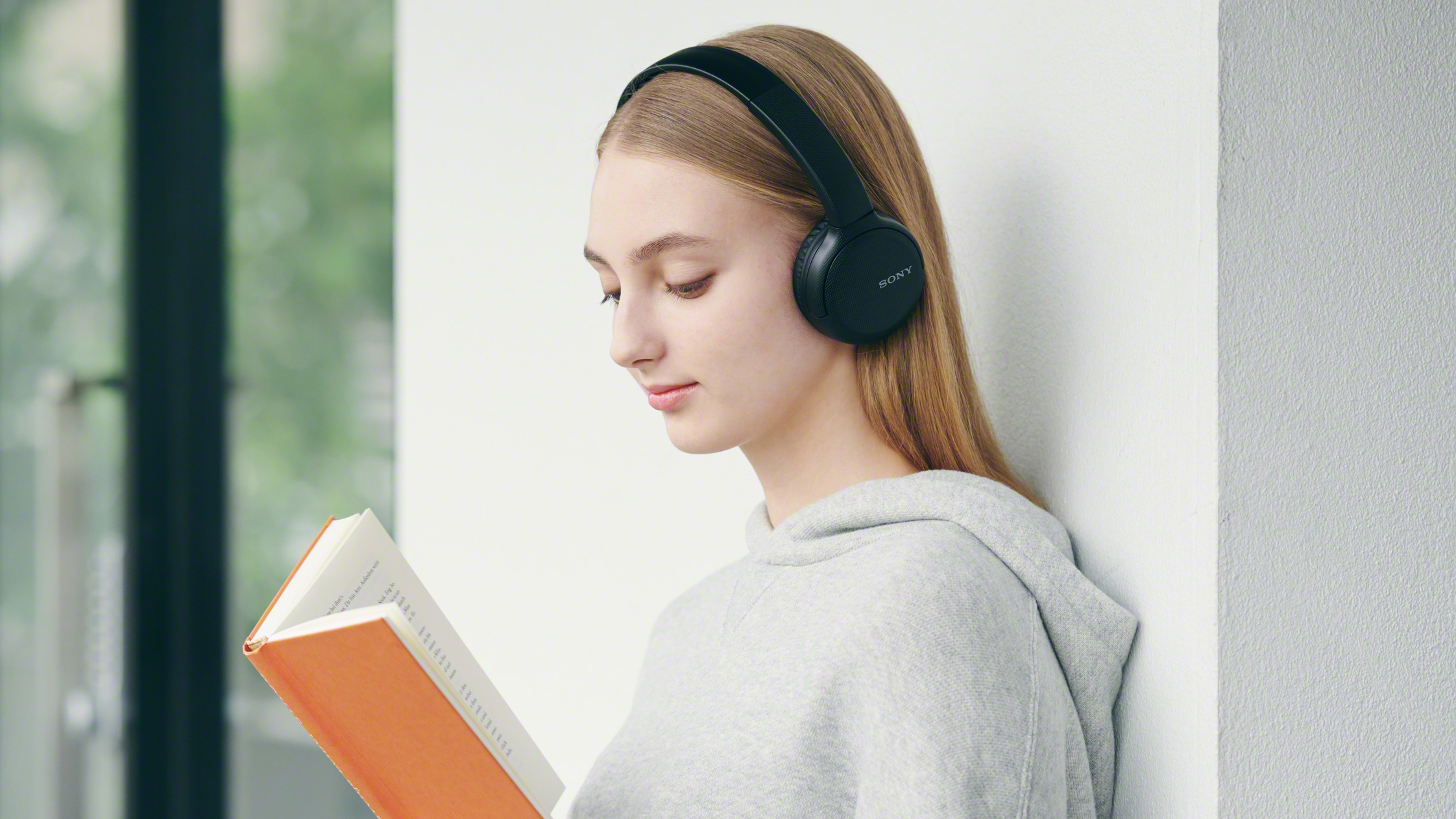
Obviously, a pair of specs can't replicate the audio experience of headphones (yet)
It’s important to understand that audio glasses are primarily about transparency and convenience: they’re designed to let you hear the world around you while you listen to music or podcasts, and to offer hands-free calling without having to stick anything in or on your ears. To deliver that without also making glasses so large they’re ugly or uncomfortable means making some trade-offs, so for example there’s no noise cancelling on offer – although doubtless that will come soon – and you’re not going to get bass frequencies so low they make your teeth shake.
You’d think that packing speakers into super-slim frames would leave precious little room for a battery, and that’s true – but the best on offer can give you 4-5 hours of playback from a single charge, which is enough for many people's purposes.
It's still early days for audio glasses. If they're to catch on, people need to realise they are not intended as a direct replacement for earbuds; they are more like a different way to enjoy sound outside. If anything, they are more comparable to bone conduction headphones, which let you listen to music without blocking the rest of the world out. As the electronics get smaller and smarter and the choice of frames gets more varied and stylish, they could become a popular option for athletes, golfers and hipsters.
Writer, musician and broadcaster Carrie Marshall has been covering technology since 1998 and is particularly interested in how tech can help us live our best lives. Her CV is a who’s who of magazines, newspapers, websites and radio programmes ranging from T3, Techradar and MacFormat to the BBC, Sunday Post and People’s Friend. Carrie has written more than a dozen books, ghost-wrote two more and co-wrote seven more books and a Radio 2 documentary series; her memoir, Carrie Kills A Man, was shortlisted for the British Book Awards. When she’s not scribbling, Carrie is the singer in Glaswegian rock band Unquiet Mind (unquietmindmusic).
-
 Garmin’s on a mission to update your wrist into oblivion as 100+ tweaks land on Fenix and Enduro watches
Garmin’s on a mission to update your wrist into oblivion as 100+ tweaks land on Fenix and Enduro watchesThe latest beta update looks comprehensive
By Matt Kollat Published
-
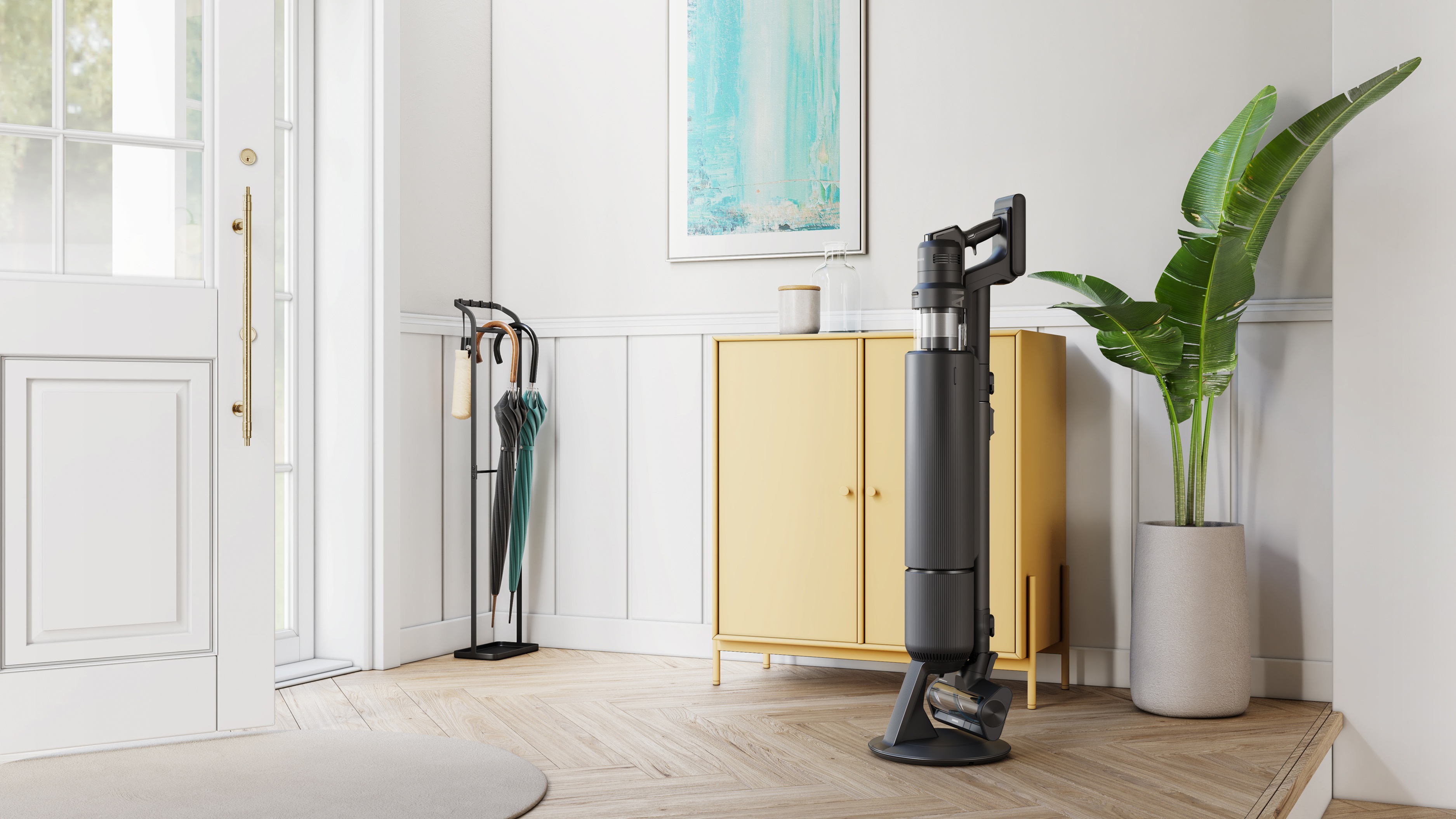 5 reasons you should be excited about the brand new Samsung Bespoke AI Jet Ultra
5 reasons you should be excited about the brand new Samsung Bespoke AI Jet UltraNot sure if it’s obvious... but I can't wait to try it
By Lizzie Wilmot Published